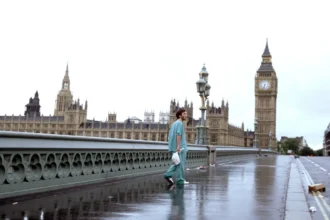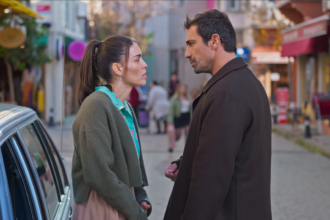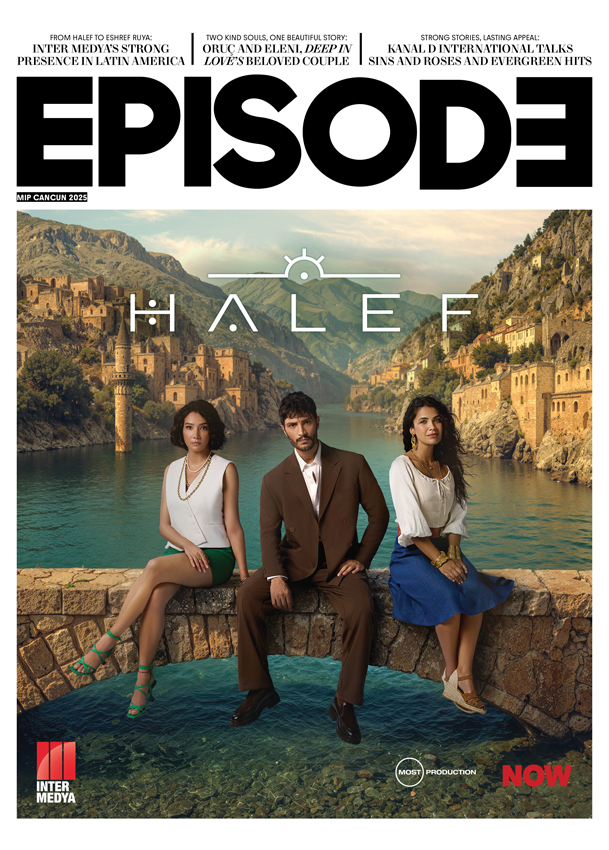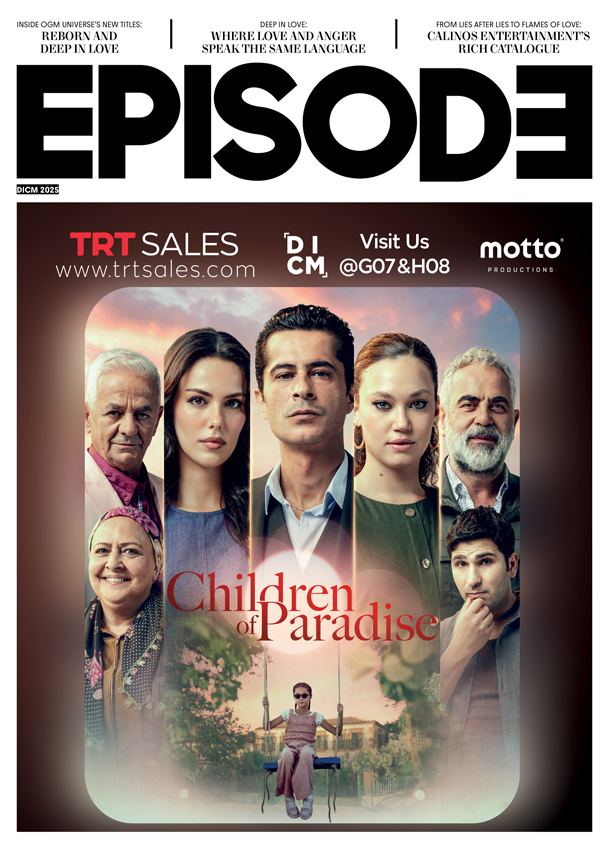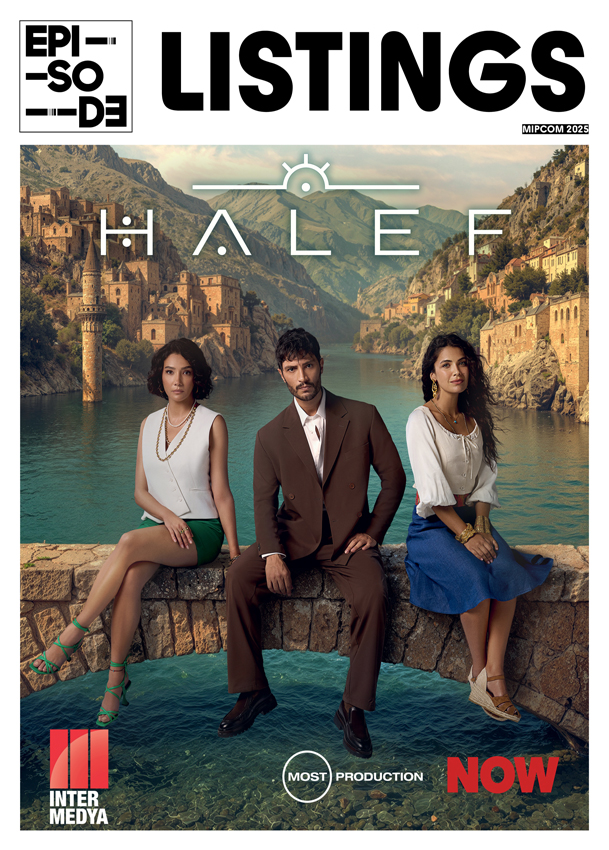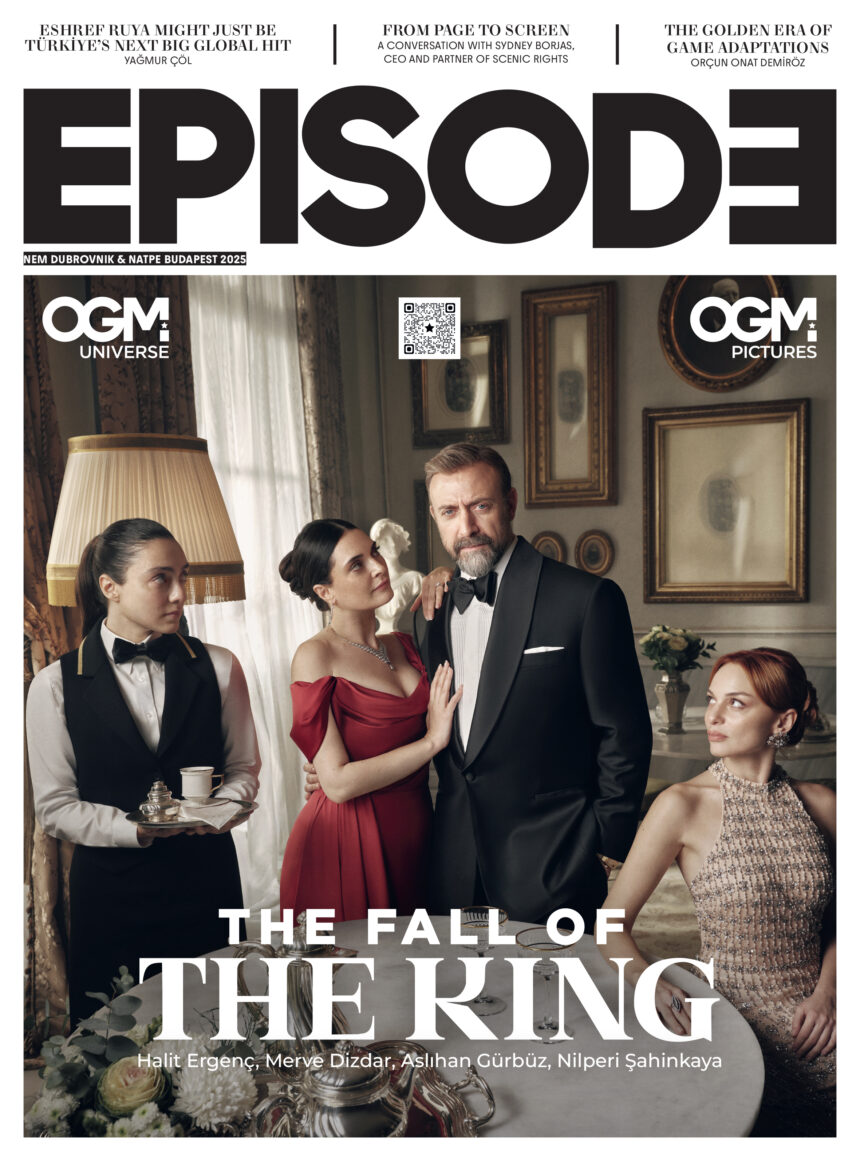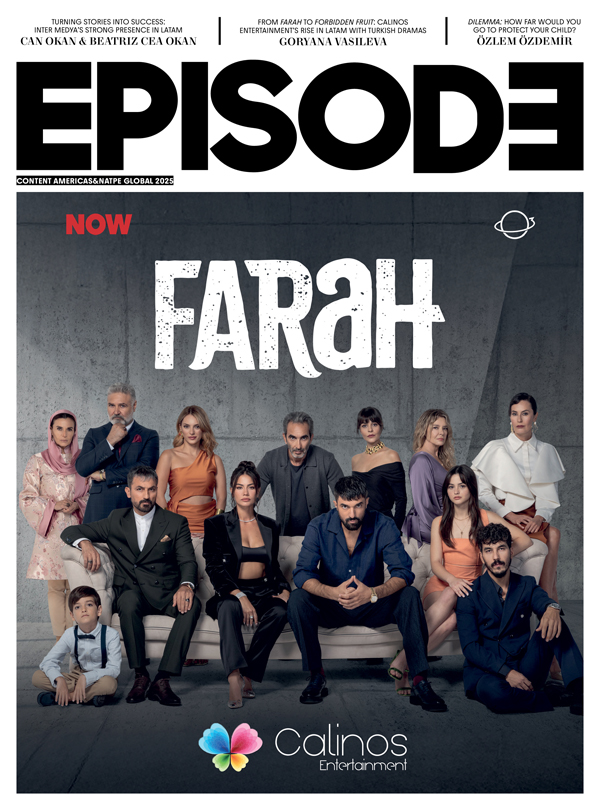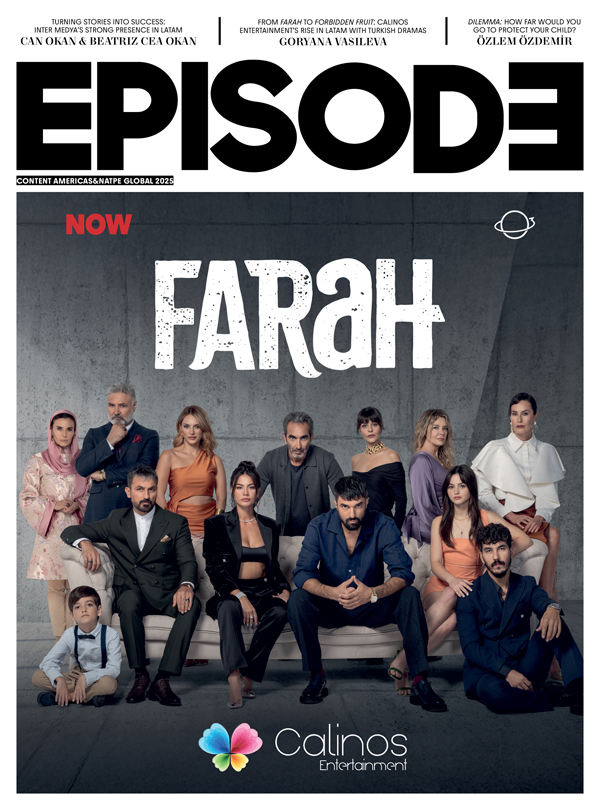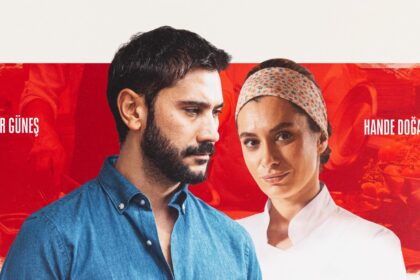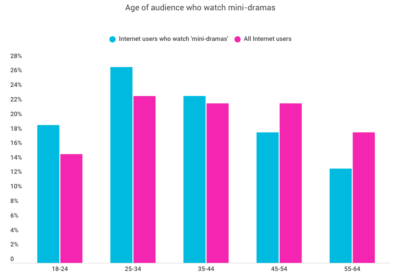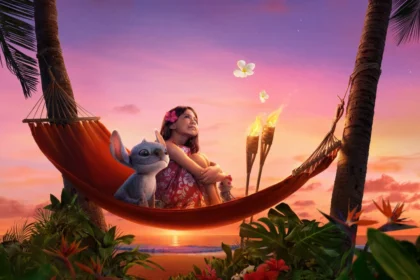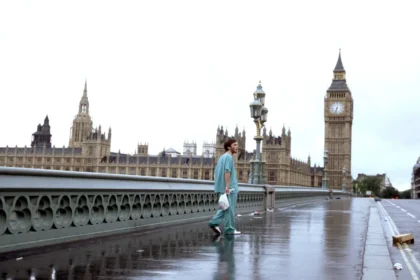In the world of film and television, creating a successful adaptation is not just about finding a good book. It’s about shaping that story in the right hands, pairing it with the right production, and ensuring it can travel across international markets. This is where Scenic Rights steps in. For over 20 years, Scenic Rights has been a leader in transforming books into television series, films, and theater productions. Today, the company operates with a strong network not only in Spain but also in Mexico, the United States, and across Latin America. Sydney Borjas, the company’s CEO and partner, is one of the key figures behind this transformation.
With dedicated content teams tracking new releases and a network of strong relationships with publishers across various countries, Scenic Rights identifies potential adaptations early on. And the agency’s focus isn’t limited to Spanish-speaking territories; it specializes in adapting local stories to different cultural contexts, making it possible for them to travel and reach international audiences.
We spoke with Sydney Borjas about Scenic Rights’ working model, rising genres, the process of selecting books, and what resonates in today’s content landscape.
Scenic Rights adapts books from different countries and genres into series, films, and theater productions. You also operate as a company with branches in several countries. To start with, we’d love to hear about your working model, how do you operate, and what kind of team do you work with?
Scenic Rights commercializes book adaptation rights for TV series and films, licensing them to production companies, studios, streamers, etc.. Scenic Rights operates as an audiovisual adaptation rights agency in three main phases: Phase 1: Through its agreements with publishers and literary agencies (more than 100 in different countries, especially Spanish-speaking countries) to promote their literary works in the audiovisual market, we receive monthly all new publications that are analyzed by the Content team, we also analyze new works of third parties that have been published and that can be licensed by Scenic Rights. The Content team selects the literary works with the greatest potential for audiovisual adaptation and agencies them to create a One Page summary of the work focused on quick reading by the audiovisual industry. Phase 2: The promotion of the works through the web and newsletters and the presentation of the works to Scenic Rights’ clients, which are around 1000 companies in the sector in more than 30 countries. We also organize pitching sessions through videoconferences, attendance to audiovisual markets, and proposals of customized selections for clients who have given us imputs. Phase 3: Once a client’s interest in acquiring the rights to adapt a book is confirmed, we start the negotiation process by sending a Term Sheet with the terms and conditions of the offer, usually for an option contract, and once an agreement on terms and conditions is reached, a license contract is sent to the client. From the moment the contract is signed, Scenic Rights permanently monitors it: execution of the option, royalty payments, derivative productions, etc…

Do you have dedicated a team that monitor newly released novels in Spanish, or do you primarily rely on recommendations from publishers and agencies you collaborate with?
Both. We have a team of experienced content specialists located in Madrid, Barcelona, Mexico and Los Angeles. We also receive and analyze input from publishers and literary agents as part of our co-agency agreements.
You focus particularly on promoting Spanish-language books internationally. Could you provide any statistics regarding Spanish-language fiction and nonfiction? How many novels are published annually, and is there a standout genre when it comes to nonfiction?
Our main activity is to promote and license audiovisual adaptation rights of fiction books, although we also promote some non-fiction books. We do not have precise statistics on how many fiction and non-fiction books are published annually in the Spanish-speaking countries, as it is a market of almost 600 million people, but mainly publications are concentrated in Spain, Mexico and Argentina.
With over 20 years of experience in this field and as one of the pioneers of the industry, what would you say are the most healthy ways to identify books with adaptation potential for cinema or TV?
The first thing to keep in mind is trends. For this it is necessary to maintain a constant flow of communication with the main market operators: studios, streamers, TV… to know what they are looking for or need. However, the main thing is that the books contain stories with good plots and subplots, that catch the reader, that surprise, and above all that the characters are solid, well-built, so that they can guarantee continuity.

There’s a common perception that books adapted into series or films are always bestsellers. Based on your experience, what do you think about this matter?
It is a perception because they are usually productions with higher marketing and budget and consequently with more presence in the media but there are many examples of good productions based on books that contain good stories or concepts and that have not been bestsellers, in fact movies and TV have made many books “famous”. However, it is usual that the main market operators ask for “a big IP”.
From what we understand, Scenic Rights is involved in more than just representing adaptation rights. What role do you play during the production phase? How do you contribute to the process?
At Scenic Rights we always say that we do not “sell” books but rather creative solutions to our clients who are looking for stories with value and in many cases that are unique, different, but also that work and can reach the mainstream, but above all that “travel” well and can become a franchise. For example, we have taken French or Spanish stories to Mexico and the United States, because their plots and characters support other geographical and cultural contexts, as a result of the fact that clients did not have local books that addressed the type of story they were looking for.
As for our link with the production phase, it is necessary to clarify that we do not produce, but we do provide value and services in some issues or stages of the projects in some cases, for example: helping with the creative packaging when the client needs proposals of screenwriters who can make a good adaptation of the book, also facilitating consultancies to the development of the authors of the books themselves and in some cases generating synergies between clients to cover financing gaps in international co-productions, we know very well the nature of our clients, their editorial lines, and this allows us to put them in contact for co-productions. We have also collaborated by providing support through our business affairs and legal area to ensure that the rights transfers ( the chain of titles) between the book, screenwriters and the client are well done.
We’d like to delve a bit deeper into genres. In your opinion, are there specific genres that have drawn more interest for adaptation in recent years? Are there any trends when it comes to the types of stories being adapted, such as crime, science fiction or women stories?
It is always a risk to talk about trends, because there is a perception that they change faster than they should considering that the physical cycle of development and audiovisual production is medium and long term, but what happens is that what we call trends is the result of a work that someone did before it was a trend and when they become fashionable a genre or subgenre there is already a horizon of end of cycle, because generally there is no time to create, finance, develop, produce and disseminate a production in less than 2 years.
Having said that, if we talk about current trends, the good acceptance of audiences regarding True Crime (although right now there is an excess of supply) is striking, especially if it is local and well known, but also and more generally what they call “real events” because audiences “like” to know that what they are seeing happened in reality. In these cases, books help a lot, since this kind of stories require a lot of research work that the writers have already done, sometimes for years, and at the same time it helps a lot that there is a published book related to any “liability” of the production since they are stories of real people, since it is assumed that the book has already passed a series of legal filters.
However, there are always genres that are “stable trends” such as good thrillers, great stories of human overcoming and good comedies, including romantic ones. There is also a certain saturation of productions with female protagonists and in fact some of the big operators are asking for stories starring men.
Recent studies on content creation and consumer trends point to a rising interest in crime and true crime genres. Would you agree with this observation?
We agree, but at the same time we believe that this genre is becoming saturated and that in the medium term there will not be as much demand as at present.
Several recent adaptations in your catalog, such as Red Queen, The Murderers, The Last Night at Tremore Beach, have caught our attention as viewers. These are all rooted in the crime genre or its subgenres. Crime novels from various countries are being adapted quickly and are resonating with audiences worldwide. Why do you think we love watching crime stories?
It’s what I called stable trends in the previous answer about the genres and trends, they have always existed, and audiences love mystery, finding out who the “killer” is, why he did it. The stories you mention are based on books that already had a very successful reading audience and the pattern is repeated in series and films, and it is global.
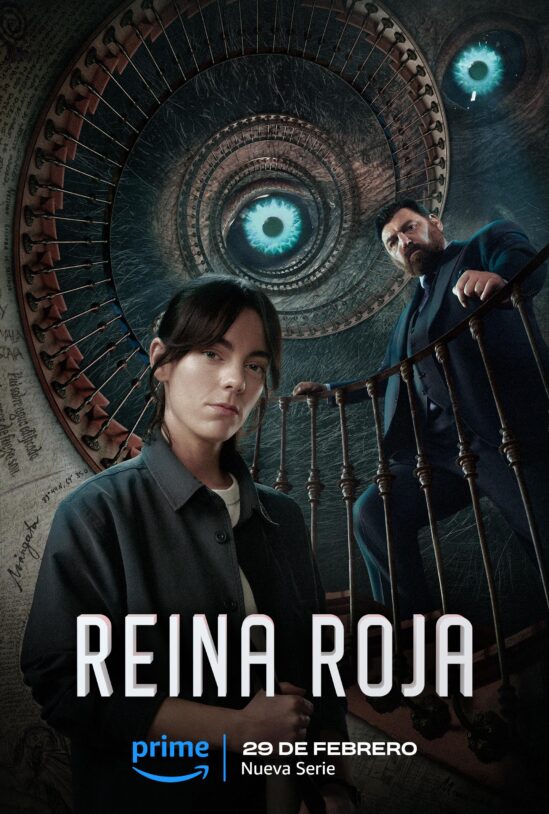
Do you think digital platforms have played a role in the growing demand for crime series and true crime documentaries?
Absolutely, they are the best vehicle for the “glocal”.
For many authors, having their book adapted into a TV series and reaching a global audience is a dream come true. But sometimes this motivation leads to stories that feel repetitive or lack originality. As an industry expert, what advice would you give to writers hoping to see their work adapted?
That’s right, authors generally want to watch their works on screens, with some exceptions. My best advice is to pursue originality, to place the stories in physical or mental universes that combine well with the story. Build well the characters, heroes and anti-heroes, it is highly recommended that the protagonists have an antagonist that is equally interesting, that is a challenge. That the plots are well supported by the subplots, but be careful that the subplots end up parasitizing the plots, because we get lost. “Mature” audiences generally like stories about the issues we care about, but there are also large audiences who want stories that entertain them, that evade them, and there must be an offer for both audiences.
Do you have any future goals about working with novels and books published in different countries and languages?
More than 70% of our operations (IP licenses ) are abroad Spain; we are one of the most internationalized companies in the sector. Our team is made up of people of almost 10 nationalities. We have always collaborated with creators and clients from other languages. In fact, we have a joint venture in Prague, Czechia, from where we have acquired almost 50 very interesting literary IPs from Central and Eastern Europe, great stories that travel very well. We also have French, Brazilian, and, more recently, very interesting Italian literary IPs for adaptations. One of our obsessions is sell and develop stories in Türkiye, which has become a major market for quality productions and global acceptance. But all these IPs have one common denominator: they are good stories.
This exclusive interview was featured in Episode Magazine’s NEM Dubrovnik & NATPE Budapest 2025 issue.











